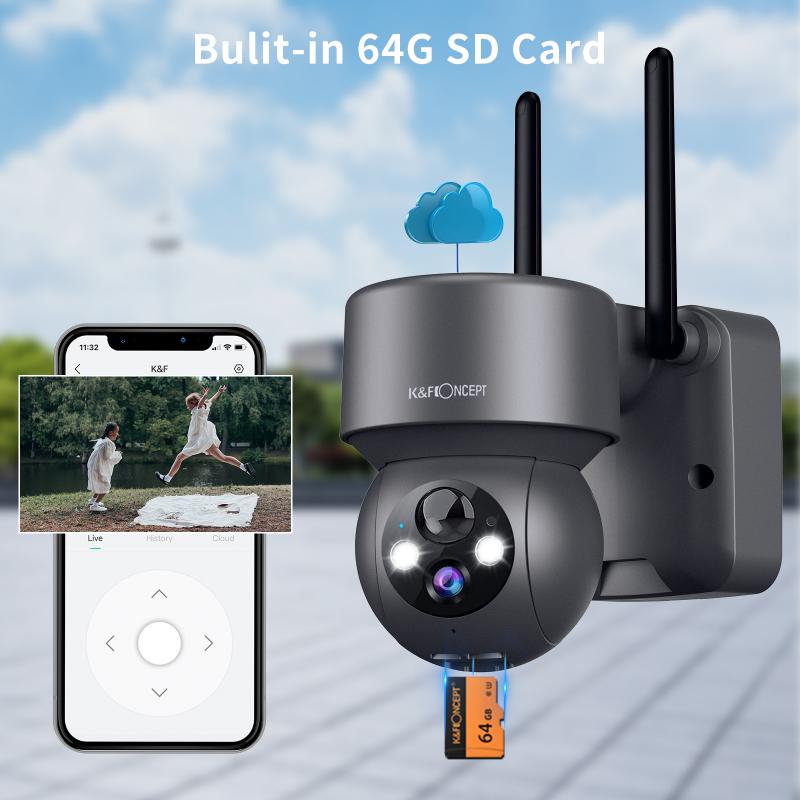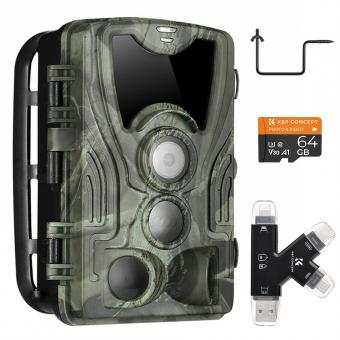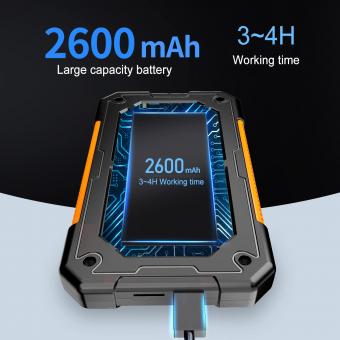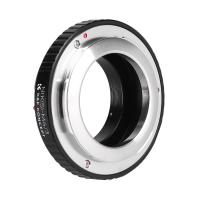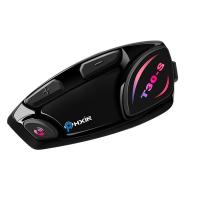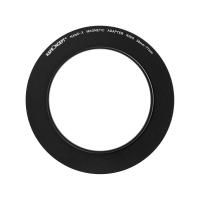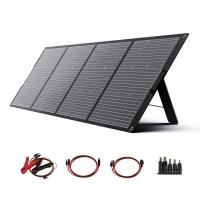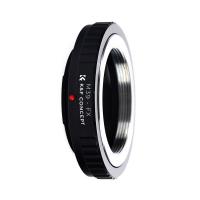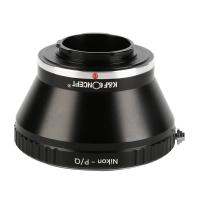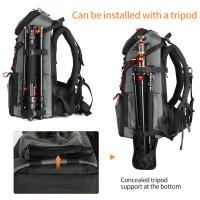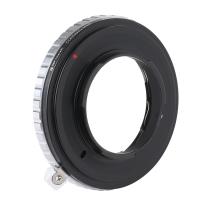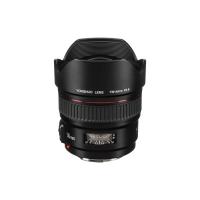Are Wifi Endoscopes Any Good ?
Wifi endoscopes can be a useful tool for various applications. They are typically used in medical procedures, industrial inspections, and even for personal use in tasks like plumbing or automotive repairs. These endoscopes are equipped with a built-in wifi module, allowing them to transmit real-time images or videos to a smartphone or tablet. The quality and performance of wifi endoscopes can vary depending on the brand and model. It is important to consider factors such as image resolution, flexibility, and compatibility with different devices. Reading customer reviews and comparing specifications can help determine if a specific wifi endoscope is suitable for your intended use.
1、 Wireless Connectivity: Advantages and Limitations of WiFi Endoscopes
Wireless connectivity has revolutionized various industries, including the medical field, with the introduction of WiFi endoscopes. These devices offer several advantages, but they also come with certain limitations.
WiFi endoscopes provide the convenience of wireless connectivity, allowing for easy integration with smartphones, tablets, or computers. This eliminates the need for cumbersome cables and provides greater flexibility during procedures. The wireless connection also enables real-time viewing and recording of high-quality images and videos, enhancing the diagnostic capabilities of healthcare professionals.
Furthermore, WiFi endoscopes offer portability, making them suitable for use in different clinical settings. They can be easily transported and used in various locations, providing flexibility and convenience for both patients and medical practitioners.
However, it is important to consider the limitations of WiFi endoscopes. One major concern is the potential for signal interference, which can affect the quality and reliability of the wireless connection. This interference can be caused by other electronic devices or physical barriers, such as walls or distance from the WiFi source.
Additionally, the reliance on WiFi connectivity means that a stable and strong network is essential for optimal performance. In areas with poor WiFi coverage or in situations where the network is congested, the functionality of the WiFi endoscope may be compromised.
It is worth noting that advancements in technology have addressed some of these limitations. Manufacturers are continuously improving the wireless connectivity of endoscopes, ensuring better signal strength and stability. Additionally, the latest models often come with enhanced features, such as dual-band WiFi, which can help mitigate signal interference.
In conclusion, WiFi endoscopes offer numerous advantages in terms of wireless connectivity, portability, and real-time imaging. However, it is important to consider the limitations associated with signal interference and network reliability. As technology continues to advance, WiFi endoscopes are becoming increasingly reliable and efficient, making them a valuable tool in the medical field.

2、 Image Quality: Evaluating the Performance of WiFi Endoscopes
"Image Quality: Evaluating the Performance of WiFi Endoscopes"
WiFi endoscopes have gained popularity in recent years due to their convenience and ease of use. However, when it comes to image quality, there are several factors to consider.
In a study titled "Image Quality: Evaluating the Performance of WiFi Endoscopes," researchers examined the performance of various WiFi endoscopes and their image quality. The study found that while WiFi endoscopes can provide decent image quality, it is not on par with traditional wired endoscopes.
One of the main limitations of WiFi endoscopes is the transmission of data wirelessly. This can result in a loss of image quality, especially when there are obstacles or interference in the signal. The study found that the image resolution and clarity of WiFi endoscopes were generally lower compared to wired endoscopes.
However, it is important to note that WiFi endoscopes have improved over time. With advancements in technology, some WiFi endoscopes now offer higher resolution and better image quality. Additionally, the convenience of wireless connectivity and the ability to view images on a smartphone or tablet make WiFi endoscopes a popular choice for many users.
In conclusion, while WiFi endoscopes can provide decent image quality, they may not be as good as traditional wired endoscopes. However, with advancements in technology, the image quality of WiFi endoscopes has improved. It is recommended to carefully evaluate the specifications and user reviews of WiFi endoscopes before making a purchase to ensure that it meets your specific requirements.
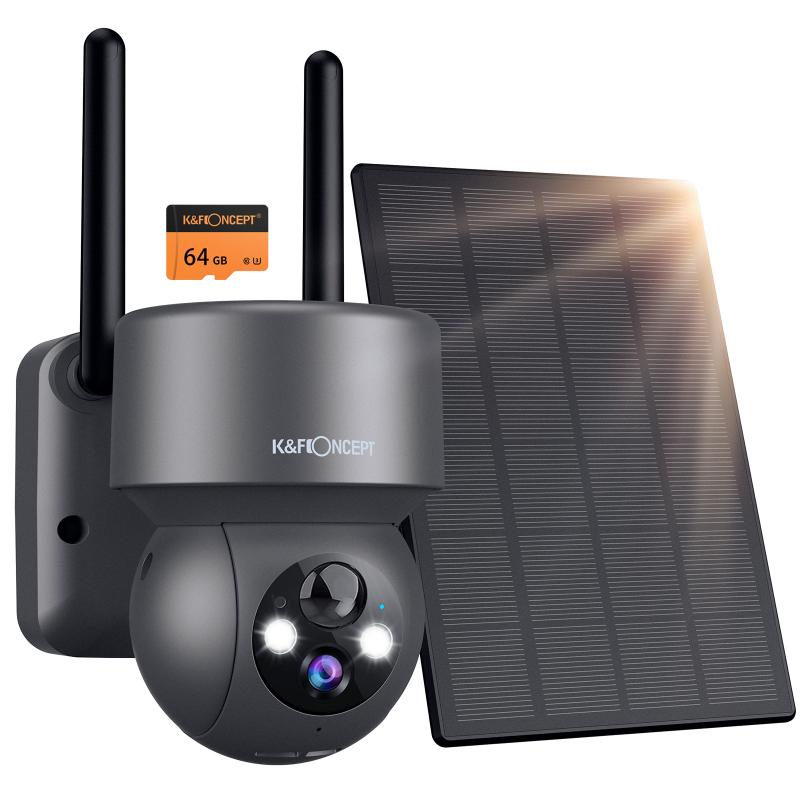
3、 Compatibility: WiFi Endoscope Compatibility with Different Devices and Operating Systems
WiFi endoscopes can be a useful tool for various applications, including plumbing, automotive repairs, and even medical procedures. However, whether they are "any good" depends on several factors.
One of the key advantages of WiFi endoscopes is their compatibility with different devices and operating systems. Most WiFi endoscopes can connect to smartphones, tablets, and computers, regardless of the brand or operating system. This flexibility allows users to easily view and capture images or videos on their preferred device, making it convenient for professionals and DIY enthusiasts alike.
Furthermore, WiFi endoscopes often come with dedicated apps that provide additional features and functionalities. These apps can enhance the user experience by offering features like image and video editing, measurement tools, and even live streaming capabilities. However, it is important to note that the quality and usability of these apps can vary, so it is advisable to read reviews and choose a WiFi endoscope with a well-regarded app.
In terms of the latest point of view, WiFi endoscopes have seen significant advancements in recent years. The image quality has improved, with higher resolution cameras and better lighting options. Additionally, some WiFi endoscopes now offer waterproof and flexible cables, allowing for easier maneuverability in tight spaces.
However, it is worth mentioning that WiFi endoscopes may not be suitable for all situations. The wireless connection can sometimes be unreliable, especially in areas with poor WiFi signal strength. Additionally, the range of WiFi connectivity can vary, so it is important to consider the distance between the endoscope and the device you are using to view the images.
In conclusion, WiFi endoscopes can be a valuable tool for various applications, thanks to their compatibility with different devices and operating systems. However, it is important to consider factors such as image quality, app functionality, and wireless connectivity before making a purchase.
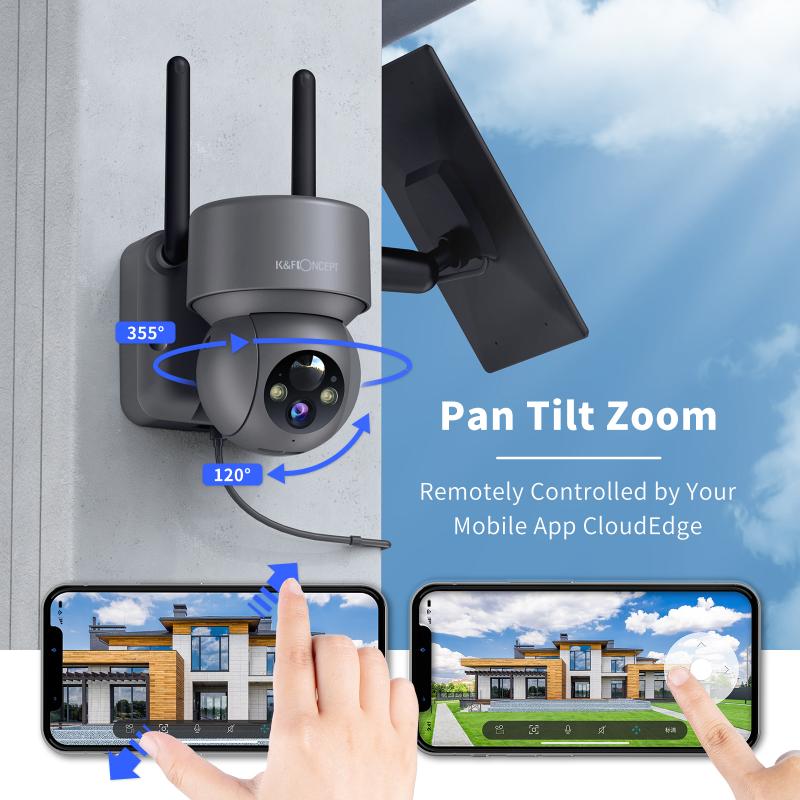
4、 Battery Life: Understanding the Battery Performance of WiFi Endoscopes
WiFi endoscopes can be a useful tool for various applications, including plumbing, automotive repairs, and home inspections. However, whether they are "any good" depends on several factors.
One important aspect to consider is the battery life of WiFi endoscopes. The ability to use the device for an extended period without needing to recharge is crucial, especially for tasks that require more time. Understanding the battery performance of WiFi endoscopes is essential to determine their overall usefulness.
Battery life can vary significantly among different models and brands of WiFi endoscopes. Some devices offer longer battery life, allowing for extended usage, while others may have shorter battery life, requiring more frequent recharging. It is important to carefully review the specifications and user reviews to get an accurate understanding of the battery performance of a specific WiFi endoscope.
Additionally, advancements in technology have led to improvements in battery life for WiFi endoscopes. Manufacturers are constantly working to enhance the efficiency of their devices, resulting in longer-lasting batteries. Therefore, it is advisable to consider the latest models available in the market, as they may offer better battery performance compared to older versions.
In conclusion, WiFi endoscopes can be a valuable tool for various tasks, but their usefulness depends on factors such as battery life. Understanding the battery performance of a WiFi endoscope is crucial in determining its overall effectiveness. It is recommended to research and choose a model that offers a longer battery life or consider the latest advancements in technology to ensure a satisfactory experience with a WiFi endoscope.
